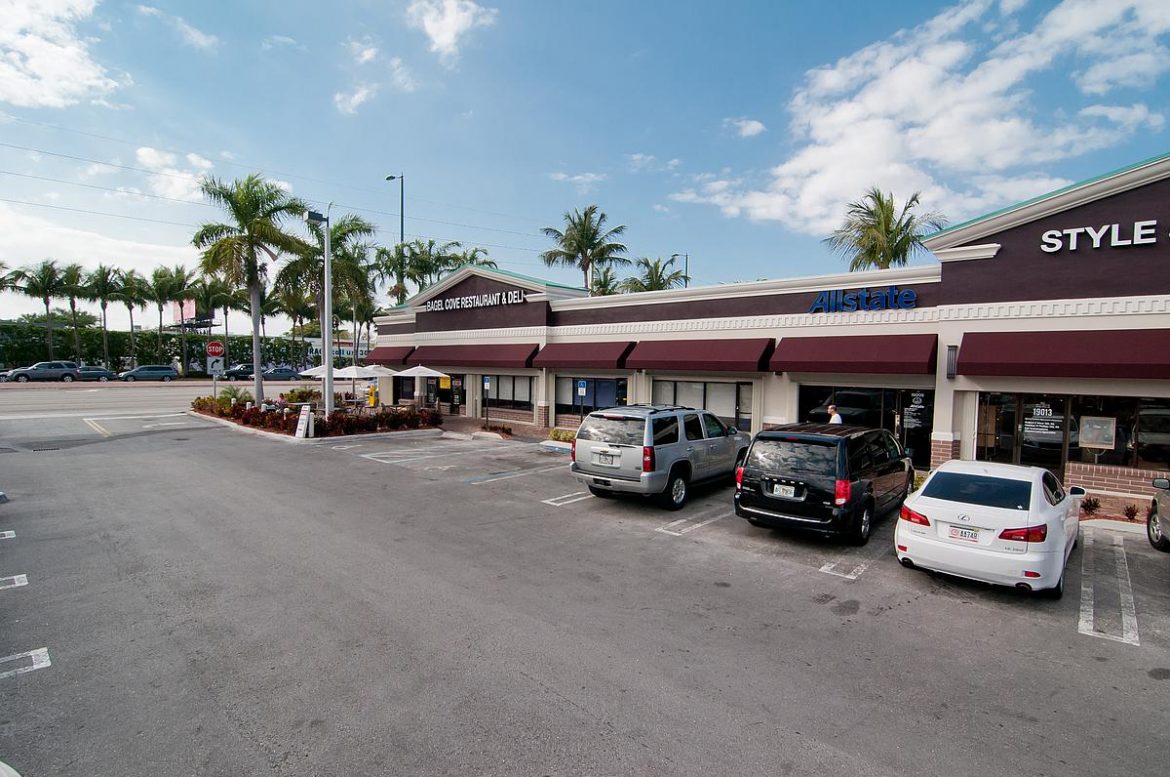When she came from Boston in the late 90s to study at the University of Miami, Mileyka Burgos-Flores quickly got homesick. She missed the food and flavor of her Dominican family and she was desperate for a Dominican hair salon. The cafeteria workers she’d befriended at school had the answer: we’ll take you to el barrio, they told her.
That’s how Burgos-Flores, executive director of the Allapattah Collaborative, got to know the neighborhood built up by Black Miamians and immigrants from the Caribbean and Central America. She soon picked up on Allapattah’s distinctive features. The breezy porches where neighbors actually talked to each other across the fence. The cosmopolitan bodegas and the street vendors residents knew by name. And of course, local watering holes like Club Típico Domínicano, the 1980s restaurant that shimmies into a nightclub with live music on the weekends.
“It’s a very warm and welcoming neighborhood,” said Burgos-Flores, whose work entails preserving the neighborhood and helping its small businesses thrive. “People don’t just go into local businesses to get their hair done, or to eat or to do their taxes. They go to hang out; they know each other and they keep an eye out for each other.”
That kind of pride among local residents is what drew art collector Mera Rubell to the area in 2019. Along with her husband Don and son Jason, the family converted a warehouse complex that previously housed a wholesaler of rice, beans and other food items into the Rubell Museum, previously located in Wynwood. The site sits cradled by the metroline and railroad tracks.
“This was a new frontier,” Rubell said. “Our dream was to create a kind of concentrated destination for culture. What’s nice is we’re not displacing anybody. These were old buildings that can no longer accommodate the heavy warehouse use it needs.”
The museum is just one of a collection of art spaces in the area, which runs from State Road 112 south to the Miami River and west from Interstate 95 to Northwest 27th Avenue. Jorge Pérez’s El Espacio 23 has also called industrial Allapattah home for the last two years. The newest addition to the art scene, Superblue, across the street from the Rubell, turned a warehouse into an immersive art space in May. The private museums are neighbors with a massive wholesale grocer; across the street, an open-air fruit market sells tropical fruit juices, coconut water and varieties of mangoes and bananas that swing from an awning.
Other recent additions have drawn people to the neighborhood through their bellies. Even on a weekday at lunch it can be hard to snag a parking spot at Hometown Barbecue, a New York transplant whose Brooklyn location is considered one of the country’s best barbecue spots.
It’s all quickly snowballing to turn Allapattah into Miami’s newest “it” spot. Burgos-Flores’ friends in the neighborhood share sightings of limousines ferrying partygoers to underground nightlife in the area. The charm that caught her eye two decades ago is still present; Allapattah remains a place where the word “authentic” still rings true. But there’s no denying things are changing.
New rentals are popping up and just as quickly evaporating due to demand from those who want to be close to the Miami Health District.
The latest is 14-story No. 17 Residences, on Northwest 17th Avenue. Renters — primarily medical and graduate students and health district employees quickly snapped up apartments, according to Lisette Calderon, CEO of developer Neology Life Development Group. Apartments start at $1,300 per month for a one-bedroom, one-bathroom layout.
“What I see that is exciting is the neighborhood being reimagined,” Calderon said.
Housing-wise, four other projects are in the pipeline.
The highest profile project on the books is a collection of eight buildings — many rising on stilts — designed by Danish star architect Bjarke Ingles for developer Robert Wennett. The project, at Northwest 12th Avenue, called Miami Produce Center, will include residential units, hotel, office, retail space and a trade school on nine acres formerly home to a produce market. Permits have not yet been drawn, and the timetable is not yet set, said Javier Aviñó, Wennett’s representative for the project and Bilzin Sumberg partner.
Already underway is a senior affordable housing community at 1396 NW 36th St. The 13-story Mosaico should open by January 2022, said Jake Morrow, a principal at developer Interurban.
Along with No. 17 Residences, Neology is planning another 14-story rental nearby at 1625 NW 20th St., dubbed Allapattah 16.
Also in permitting is a third 14-story rental building, Allapattah 14, at 1470 NW 36th St.
For Burgos-Flores, whose work entails helping local mom and pops thrive, taking the foot off the accelerator just a bit seems wise.
“We love all this development that could potentially happen in the area, but we want it to be inclusive and equitable,” she said.
Small businesses she helps in the neighborhood are frequently priced out by rising rents, she said. The average resident is unlikely to be able to afford the luxury units coming up in the area. The median household income in the 33127 zip code is $34,510, according to the county demographic data from this year. Around 31% of the residents live below the poverty line. Displacing a community of people – many of whom first arrived via displacement after refugee crises in their home countries – would shred the neighborhood’s identity, Burgos-Flores said.
“People who live here want to stay,” she said. “And if they go, they want to go because they want to, not because they’re pushed out. They want to have the opportunity to stay and the opportunity to own here.”
Source: Miami Herald

